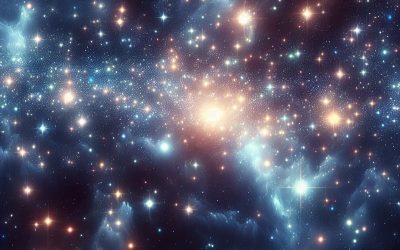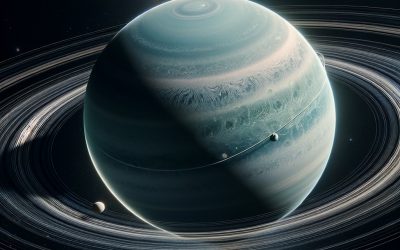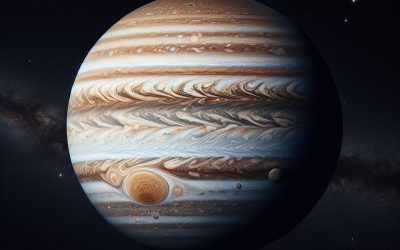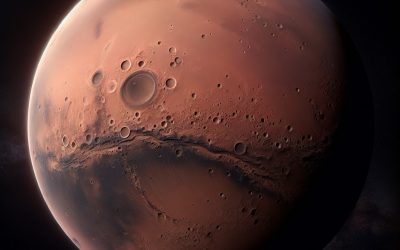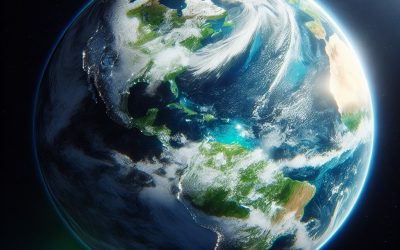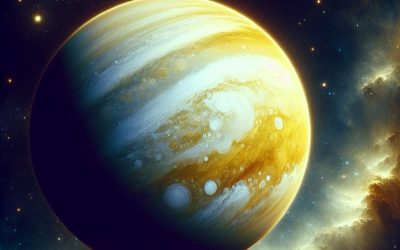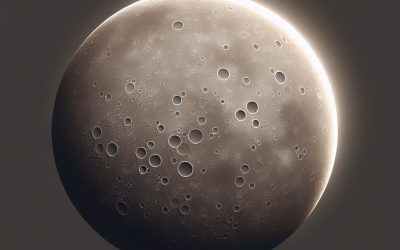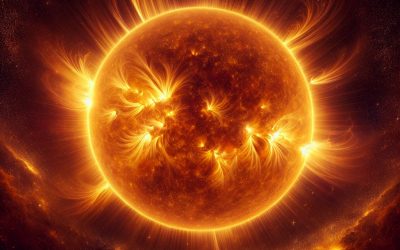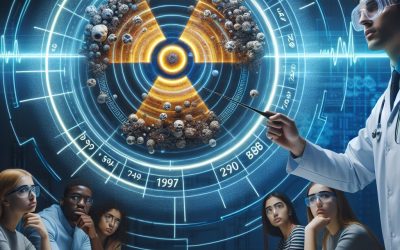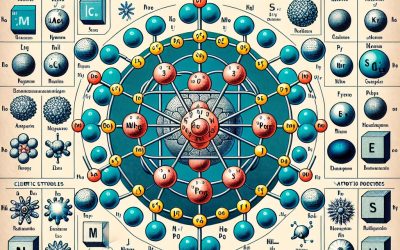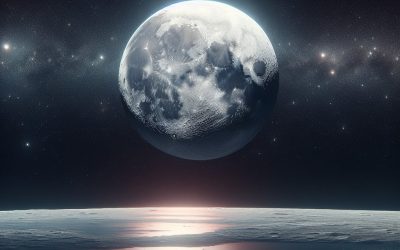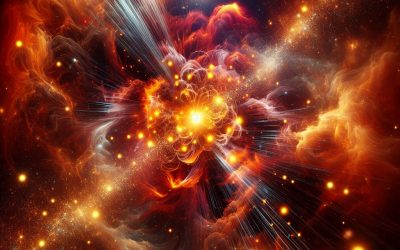Physics by Topic
Stars – from Birth to Death
Born in the cosmic clouds (which can be up to 300 light-years across) known as nebula (meaning cloud) or “stellar nurseries”, stars form almost by chance. The Birth of Stars Plasma Nuclear Fusion in Stars The Life of Stars Hydrogen Fuelled Stars (Stage I)...
Planet Uranus
Planet Uranus is unique in our solar system in that its Obliquity or axil tilt is more than a right angle to its Elliptical path (its actual obliquity is 97.8˚). Overview of Planet Uranus Discovery of Uranus Naming Uranus Obliquity of Planet Uranus Seasons of...
Planet Jupiter
Planet Jupiter is 2.5 times more massive than all the other planets in our solar system combined, and is believed to have the largest moon system with 67 moons. Overview of Planet Jupiter Formation of Planet Jupiter Layers of Jupiter Jupiter’s...
Planet Mars – The Red Planet
Planet Mars is the second smallest planet in our solar system, with a radius that is approximately half of Earth’s. How Mars got its name Martian Orbit Surface of Planet Mars Martian Weather Life on Mars Curiosity Rover Where in the Solar System? Quick...
Planet Earth
Planet Earth gets its name from the old English word ‘eorthe’ meaning ground. It is the only place in the universe that we know sustains life. Planet Earth – the Cradle of life Origin of Planet Earth Seasons of Planet Earth Earth by Numbers Inside Planet Earth...
Planet Venus
TThe planet Venus looked very tranquil and beautiful to early observers but it was hiding a very inhospitable environment. Naming Planet Venus Transit of Planet Venus Surface of Venus Environment of Planet Venus Spin and Magnetosphere of Venus Where in the...
Planet Mercury
Planet Mercury is the smallest planet in our solar system and orbits closest to our Sun. It is named after the messenger of the roman gods due to the speed of its orbit. Orbit of Planet Mercury Temperature Variations on Mercury Transit of Mercury Messenger The...
Sun
The Sun’s Rotation Sections of the Sun The Core The Radioactive Zone The Convection Zone The Photosphere The Chromosphere The Corona As illustrated the sun rotates in an anti-clockwise direction as observed from its most northern point. The...
Radioactive Dating
Radioactive dating is a process whereby a person can calculate the age of an object by measuring its rate of radioactive decay. What is Radioactive Dating? Carbon Dating Geological Dating Isotopes used in Geological Dating Radioactive Dating with Uranium-238...
Isotopes – what are they?
Isotopes are the variations of elements. An element is defined by the amount of its protons while an isotope of that element has different amount of neutrons. What are isotopes? How are isotopes formed? Stable Isotopes Unstable Isotopes (Radioactive Isotopes) Alpha...
Our Moon
Shortly after the formation of our moon by the Great Impact event our neighbour would have been much closer to Earth Our Moon The Great Impact Hypothesis Tidal Forces Craters on the Moon Solar Eclipse Total Eclipse Partial Eclipse Luna Eclipse Quick Stats Our Moon...
Nuclear Reactions
Nuclear reactions are reactions that change the nucleus of atoms and are caused by special circumstances, such as Nuclear Fusion or Nuclear Fission. What are Nuclear Reactions? Nuclear Fusion Nuclear Fission Forces that Hold Atoms Together How nuclear reactions...

